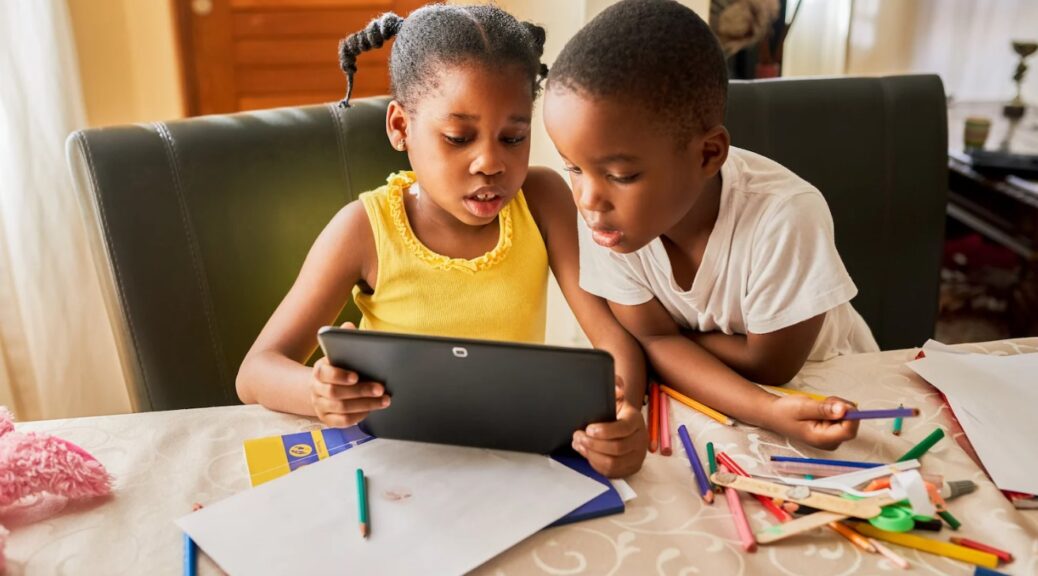In the contemporary world, the importance of social education cannot be overstated. Social education encompasses teaching individuals about their roles, rights, and responsibilities within society, fostering an understanding of social norms, values, and ethics, and promoting active citizenship. Developing national policies for comprehensive social education is essential for building cohesive, informed, and responsible societies. This essay explores the formulation and implementation of such policies at the national level.
Formulating National Policies for Social Education
Formulating effective national policies for social education involves a multifaceted approach, starting with a clear understanding of the educational needs of society. Policymakers must engage in thorough research and consultations with educators, sociologists, psychologists, and community leaders to identify key areas that require attention. This involves recognizing the diverse social, cultural, and economic backgrounds of the population and ensuring that the policies are inclusive and equitable.
A critical first step in the formulation process is defining the objectives of social education. These objectives may include promoting social cohesion, fostering respect for diversity, encouraging civic engagement, and developing critical thinking skills. With these objectives in mind, policymakers can then outline the core components of the social education curriculum, which should cover topics such as human rights, environmental sustainability, digital literacy, and financial literacy.
Another vital aspect of policy formulation is ensuring that the social education curriculum is integrated into the national education system at all levels, from primary to tertiary education. This integration requires collaboration between various governmental departments, including education, social services, and youth affairs, to ensure a cohesive and comprehensive approach. Additionally, it is essential to provide adequate training and resources for educators to effectively deliver social education.
Implementing National Policies for Social Education
Once the policies are formulated, the next challenge is their implementation. Successful implementation requires a strategic plan that includes clear timelines, responsibilities, and accountability mechanisms. It is crucial to establish a dedicated body or task force to oversee the implementation process, monitor progress, and address any challenges that arise.
One of the key elements of effective implementation is continuous professional development for educators. Teachers must be equipped with the necessary knowledge, skills, and tools to teach social education effectively. This can be achieved through regular training sessions, workshops, and access to up-to-date teaching materials and resources.
Moreover, it is essential to involve the wider community in the implementation process. Parents, local organizations, and community leaders should be encouraged to participate in social education initiatives, reinforcing the messages taught in schools and creating a supportive environment for students. Community involvement can also provide valuable feedback and insights, helping to refine and improve the policies over time.
Monitoring and evaluation are critical components of the implementation process. Policymakers must establish clear metrics and indicators to assess the effectiveness of social education policies. Regular assessments and evaluations can help identify areas of success and areas that require improvement, ensuring that the policies remain relevant and effective in addressing the evolving needs of society.
Challenges and Considerations
Despite the importance of social education, there are several challenges that policymakers may face in formulating and implementing national policies. These challenges include limited financial resources, resistance to change, and the need to balance national priorities with local needs and contexts. Addressing these challenges requires a flexible and adaptive approach, with a willingness to engage in ongoing dialogue and collaboration with all stakeholders.
Additionally, it is essential to consider the impact of globalization and technological advancements on social education. Policies must be forward-thinking and adaptable to the rapidly changing social landscape, preparing individuals to navigate and thrive in an interconnected and digital world.
Conclusion
Developing national policies for comprehensive social education is a complex but essential task for fostering informed, responsible, and engaged citizens. By carefully formulating and effectively implementing these policies, governments can create a strong foundation for social cohesion, civic engagement, and overall societal well-being. Through collaboration, continuous improvement, and a commitment to inclusivity, national policies for social education can play a pivotal role in shaping the future of societies worldwide.



